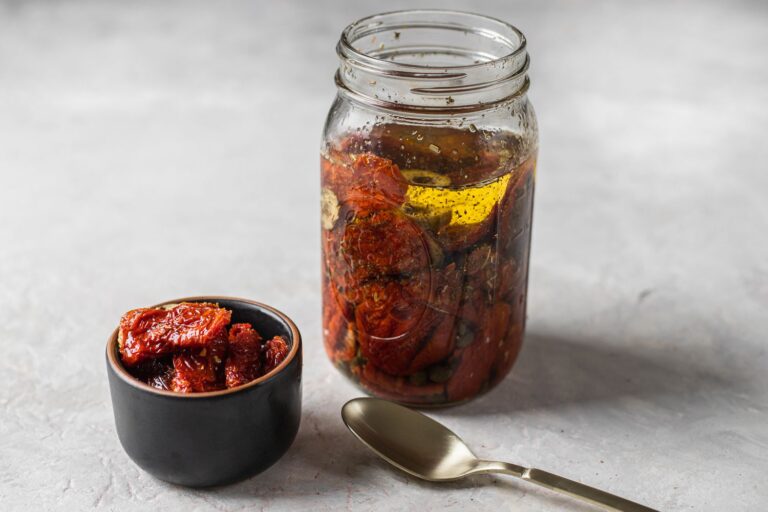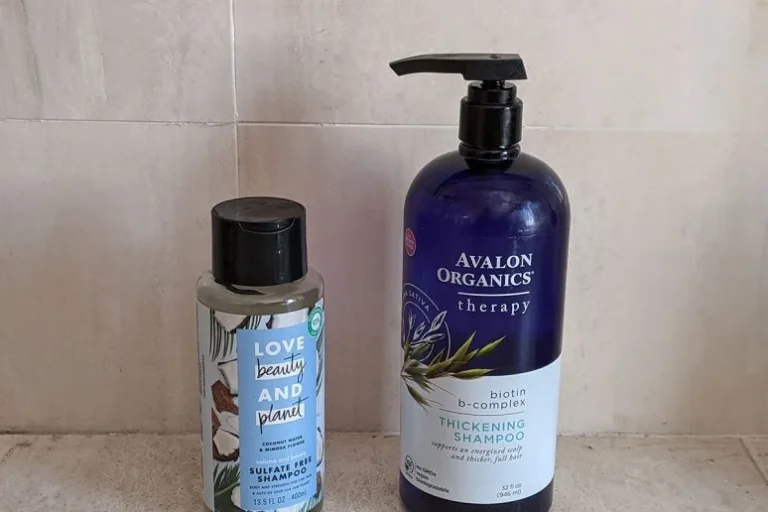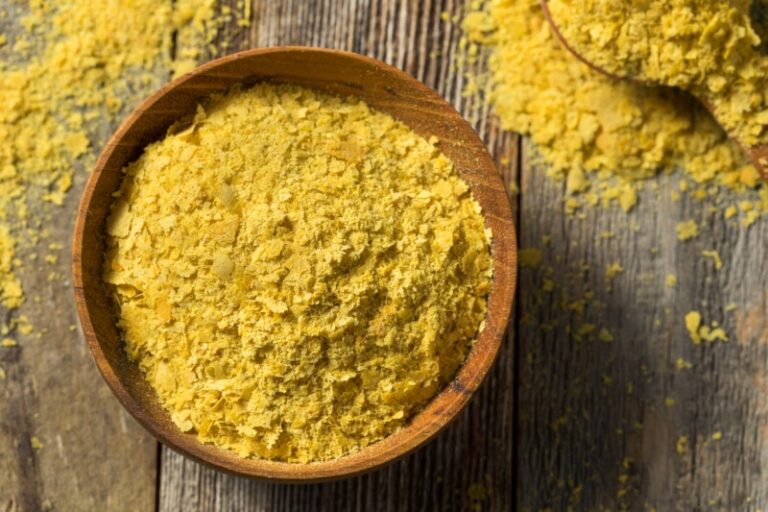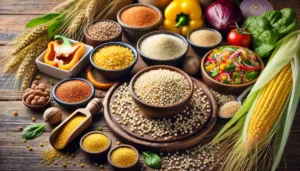Have you ever seen a bright yellow flower in your yard or at the park? That flower is a dandelion! Dandelions are unique and fascinating plants that everyone can recognize. With their sunny color and fluffy seeds, they capture the attention of kids and adults alike. But dandelions are more than just pretty flowers; they have a lot of interesting facts and uses that make them special.
In this article, we will explore everything you need to know about dandelions. From their appearance to their uses in food and medicine, we will take a closer look at these amazing little flowers. Whether you’re a kid curious about nature or an adult wanting to learn more, there’s something here for everyone!
What Are Dandelions?
Dandelions are small flowering plants that belong to the Asteraceae family. They grow all around the world, especially in areas with lots of sunlight. When you think of dandelions, you might picture their bright yellow flowers or the fluffy white balls of seeds that float in the air when you blow on them.
Dandelions are known scientifically as Taraxacum officinale. They have a simple structure, consisting of a long green stem, a round yellow flower on top, and jagged green leaves at the bottom. The yellow flowers bloom in the spring and can last until fall, making them one of the first flowers to appear after winter.
The Life Cycle of a Dandelion
Dandelions have a fascinating life cycle that begins when their seeds are blown away by the wind. When the seeds land on the ground, they can grow into new dandelion plants if the conditions are right.
- Seed Stage: Dandelion seeds are very lightweight and can travel long distances in the wind. Each fluffy seed is attached to a tiny parachute that helps it float.
- Germination: When a seed lands in a good spot with soil, water, and sunlight, it starts to grow. This is called germination. The seed sends out tiny roots to drink water and a little green shoot to reach for the sun.
- Growth: As the plant grows, it develops leaves and a stem. The leaves are broad and jagged, which helps the plant gather sunlight for energy. Dandelions can grow up to 12 inches tall!
- Flowering: After a few weeks, the plant produces bright yellow flowers. These flowers are not just beautiful; they are important for attracting bees and butterflies, which help pollinate the plant.
- Seed Production: Once the flowers bloom, they turn into fluffy white seed heads. Each seed head can produce hundreds of seeds, ready to be blown away and start the cycle all over again!
Fun Facts About Dandelions
Dandelions are more than just pretty flowers; they have many fun and interesting facts associated with them. Here are some cool things you might not know:
- Edible Flowers: Did you know that every part of the dandelion is edible? The leaves can be used in salads, the flowers can be made into wine, and even the roots can be roasted and brewed into tea!
- Medicinal Uses: Dandelions have been used in traditional medicine for centuries. They are known to help with digestion, support liver health, and even act as a natural diuretic, which means they help your body get rid of excess water.
- Symbol of Resilience: Dandelions are tough little plants that can grow in almost any environment. They can survive in rocky soil and even crack through concrete! Because of this, they are often seen as symbols of resilience and determination.
- Bee-Friendly: Dandelions are one of the first sources of food for bees in spring. The flowers provide nectar and pollen, which are essential for bee survival. By supporting dandelions, you help support local bee populations!
- Widespread Presence: Dandelions can be found almost everywhere in the world, except in Antarctica. They thrive in gardens, fields, and even along sidewalks, making them one of the most common plants on the planet.
The Benefits of Dandelions
Dandelions might be seen as pesky weeds by some, but they offer many benefits to the environment and our health. Here are a few reasons why dandelions are great:
1. Nutritional Value
Dandelions are packed with nutrients! They contain vitamins A, C, and K, as well as minerals like iron and calcium. Eating dandelions can be a great way to boost your nutrition. You can add the leaves to your salads for a healthy crunch or make dandelion tea using the roots.
2. Soil Improvement
Dandelions are good for the soil, too! Their deep roots help break up compacted soil, allowing air and water to reach other plants’ roots. This makes the soil healthier and better for growing other flowers and vegetables.
3. Wildlife Habitat
Dandelions are an important part of the ecosystem. They provide food for various insects, such as bees and butterflies. The leaves are also a food source for some animals, like rabbits and deer. By having dandelions in our gardens, we help support local wildlife.
4. Natural Pest Control
Dandelions can help keep pests away from other plants. They attract beneficial insects, like ladybugs and lacewings, which eat harmful pests. By planting dandelions, you can create a more balanced garden ecosystem.
5. Natural Remedies
Many people use dandelions in herbal medicine. Dandelion tea is popular for its potential health benefits, including helping with digestion and supporting liver function. Dandelion roots are often used in detoxifying cleanses.
How to Identify Dandelions
Identifying dandelions is easy! Here are some features to look for:
- Leaves: Dandelion leaves are dark green, jagged, and grow in a rosette at the base of the plant. They can be long and can reach about 10 inches.
- Flowers: The bright yellow flowers are made up of many tiny petals and have a round shape. Each flower can grow about 2 to 5 inches wide.
- Seeds: After the flowers bloom, they turn into fluffy white balls. Each seed has a little parachute that helps it float away. This is when dandelions are most fun to blow on!
Dandelions in Culture and History
Dandelions have a rich history and cultural significance in many parts of the world. They have been used in folk medicine, cooking, and even art. Here are some examples of how dandelions have impacted different cultures:
- Culinary Traditions: In some cultures, dandelion greens are a traditional food, especially in spring. People enjoy using them in salads, soups, and stir-fries. In Italy, for example, dandelion greens are often used in cooking to add a slightly bitter flavor.
- Medicinal Uses: Throughout history, dandelions have been recognized for their healing properties. Ancient Egyptians used dandelions to treat liver problems, while Native Americans used the plant for various ailments.
- Symbolism: Dandelions are often seen as symbols of hope and resilience. The ability of dandelion seeds to travel far and grow in challenging environments represents the idea of overcoming obstacles.
- Art and Literature: Dandelions have also appeared in art and literature. Artists often use their bright colors and unique shapes as inspiration. Children’s books frequently feature dandelions, symbolizing childhood and carefree days spent outdoors.
- Celebrations: Some cultures celebrate the arrival of spring with dandelions, as they are one of the first flowers to bloom. People may pick dandelions and make wishes when blowing the seeds into the wind.
How to Use Dandelions
If you’re curious about using dandelions in your own life, there are many fun ways to do so. Here are some ideas:
1. Cooking with Dandelions
- Salads: You can use fresh dandelion leaves in salads. They add a nice crunch and a slightly bitter taste that pairs well with sweeter dressings.
- Tea: To make dandelion tea, you can use the roots. Roast the roots in the oven, then steep them in hot water for a delicious herbal tea that is good for digestion.
- Fritters: Try making dandelion flower fritters! Dip the flowers in batter and fry them until golden brown. They make a fun and tasty snack.
2. Natural Remedies
- Dandelion Tea: As mentioned earlier, dandelion tea can help with digestion and liver health. It’s simple to make, and you can enjoy it hot or iced.
- Tinctures and Extracts: Some people create tinctures or extracts from dandelion roots and leaves for herbal remedies. These can be used for various health purposes.
3. Crafts and Activities
- Wishes: Remember blowing on dandelion seed heads? It’s a fun tradition to make a wish when you blow the seeds into the air. You can teach this to kids and enjoy the magic of dandelions together.
- Art Projects: Use dandelions in art projects! Press the flowers or create colorful paintings using dandelions as stamps. Kids will love getting creative with nature.
Caring for Dandelions in Your Garden
If you enjoy dandelions, consider planting them in your garden. They are easy to grow and require little care. Here’s how to do it:
1. Choosing a Location
Dandelions thrive in sunny spots. Choose a location that gets plenty of sunlight. They can grow in various soil types but prefer well-drained soil.
2. Planting Seeds
You can plant dandelion seeds directly in the ground. Sprinkle the seeds in your chosen spot and lightly cover them with soil. Water the area to keep the soil moist, and watch your dandelions grow!
3. Maintenance
Dandelions are low-maintenance plants. You don’t need to worry about fertilizing them or using pesticides. They are naturally resistant to pests and diseases. Just make sure they have enough water, especially during dry spells.
4. Harvesting
If you want to use dandelions for food or tea, you can harvest the leaves and flowers. Make sure to collect them from areas free of pesticides and pollutants.
5. Enjoying Dandelions
Enjoy the beauty and benefits of your dandelion plants. Watch as they attract bees and butterflies, adding life to your garden. Plus, you can share the joy of dandelions with friends and family!
Conclusion: The Beauty of Dandelions
In conclusion, dandelions are amazing little flowers that bring joy to our gardens and our lives. From their vibrant yellow blooms to their fluffy seed heads, they have a unique charm that everyone can appreciate. Whether you see them as weeds or wildflowers, it’s essential to recognize the benefits they provide to our environment and our health.
So next time you spot a dandelion, take a moment to appreciate its beauty. You might even want to blow on the fluffy seed head and make a wish! Dandelions are more than just flowers; they are a part of nature’s wonder and a reminder of the resilience and beauty that can be found all around us.













